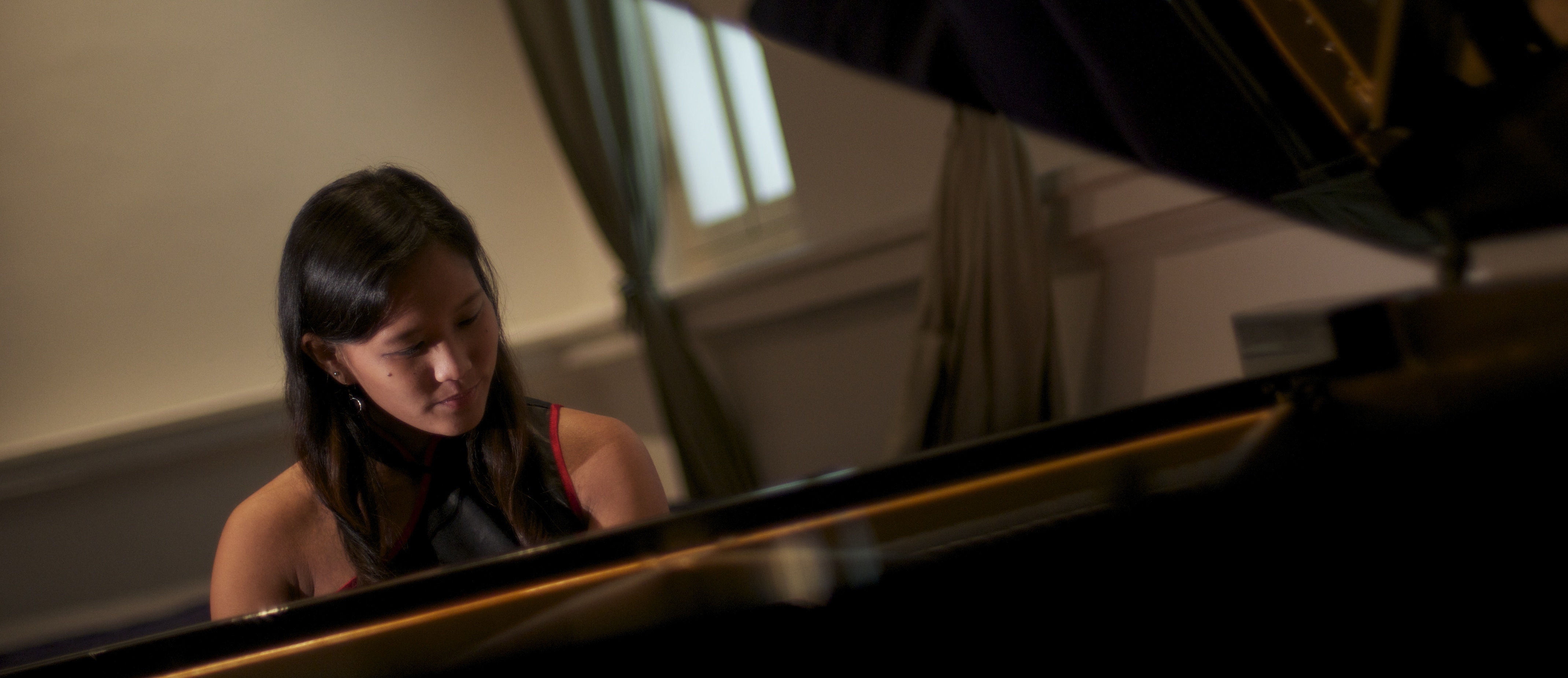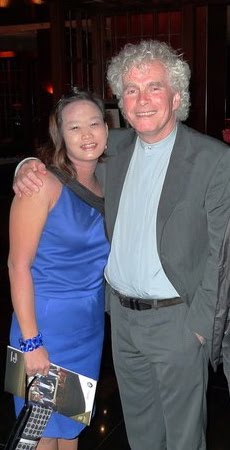The long awaited week was finally here, with masterclasses, a concert, and a solo performance by musicians from “one of the world’s best orchestras”. After about eleven days and many sell-out concerts in Abu Dhabi, Perth and Sydney, the Berliner Philharmoniker arrived in Singapore for their last two concerts of their longest-ever tour. Led by Chief Conductor Sir Simon Rattle, the orchestra presented a programme of Rachmaninoff’s Symphonic dances and Mahler’s First Symphony for their last concert here.
Perhaps it was a stroke of fate, or intentional planning, but what was SSO thinking when they programmed a Mahler symphony three days after Berliner Philharmoniker played one? This was definitely an invitation for comparison!
The reason for the many number of Mahler works played in the 2010/11 concert season is to mark his 150th birthday in 2010 and 100th anniversary of his death in 2011.
The Singapore Symphony Orchestra, playing under the baton of Finnish conductor Osmo Vänskä, took on Mahler’s seventh symphony. Donald Mitchell, in his extensive writings on Mahler, describes it as Mahler’s “problem child”. The dissonances, obscurity and “un-Mahlerian-ness” has been met with skepticism, criticism and hostility. Yet this symphony remains an enigma, and interpretation is left to the conductor and performers. The tenor horn solo in the first movement was bold and brash, setting the tone for what was to come. There was a hint of complacency in the orchestra’s playing, which, although energetic, got irritating a little later because of the “devil-may-care” attitude. Vänskä’s strokes were sometimes plain weird, and he was swaying on the podium, swinging his arms both to the left, then to the right. There were so many climaxes in the music that almost left one feeling seasick. In the midst of the grotesque third movement, the feeling of “are we there yet?” kept coming. The orchestra was messy most of the time, but their saving grace was the slower movements, the two “night songs”, where there was some beautiful chamber playing going on between the woodwinds, the guitar and the mandolin.
On the contrary, the Berliner Philharmoniker’s performance was polished and refined. Rattle’s every stroke had a meaning to it, and none of it was superfluous. He took on the Titan at a moderate speed, not going too fast like some other orchestras would. Rattle picked the high points in the music very selectively and meticulously worked the orchestra up, adding in layer by layer, into a big crescendo. It wasn’t difficult to see why they market themselves as “many soloists, one orchestra”. Such was their control and projection, that when the brasses were blasting the opening of the fourth movement, the strings soaring high above could still be heard. From the morose solo double bass solo opening of the third movement to the tender, heartfelt and lyrical fourth movement, the Berliner Philharmoniker shone in every way.
Local music reviewer Dr Chang Tou Liang describes the two orchestras as David vs. Goliath. Maybe he wasn’t wrong. Or just maybe, if SSO had played under a conductor they were more familiar with, they could have done much, much better.
—

On a much lighter note, LY and I were waiting for Dominik (the Berlin Phil cor anglais player) at Mandarin Oriental after the concert when we saw none other than Sir Simon Rattle! I was starstruck for a moment, and after my brain started functioning, I walked up to him, congratulated him on the successful concert, and asked for a picture. He willingly obliged (:

